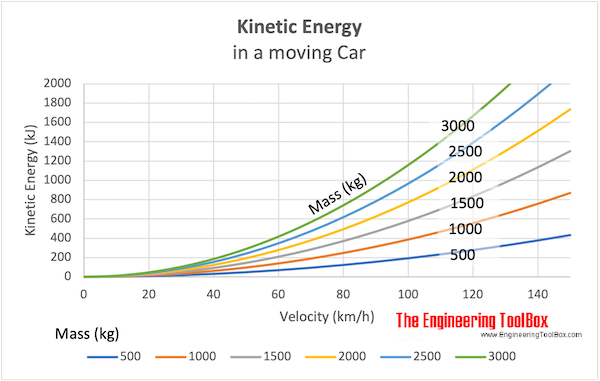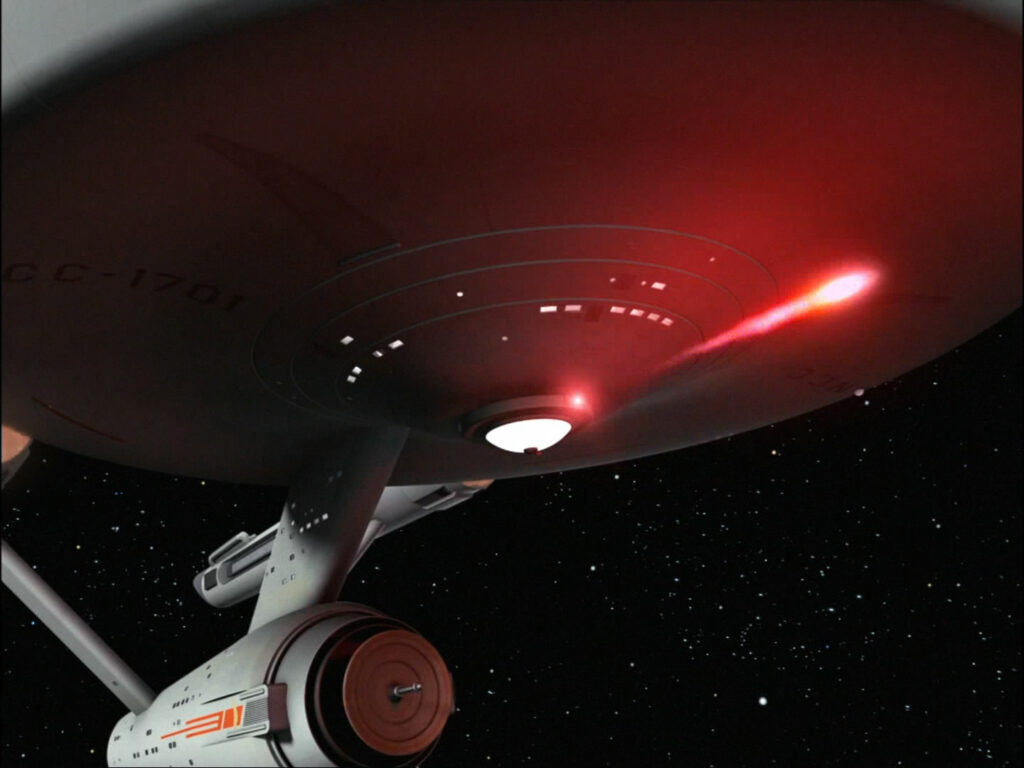AKA: How I Learned to Start Worrying and Fear Orbital Debris
At the start of The Expanse’s second episode, we’re treated to a delightful scene of the Knight trying its best to stay ahead of a debris field, and then when it fails, getting knocked around terribly by space junk. But you might be wondering to yourself, how powerful is space junk? Why is it such a problem? Can’t we just block it with armour like we do regular bullets?
Unfortunately, no. Let’s explore why! So, the formula for kinetic energy is actually pretty simple, as far as physics math goes: e = 1/2 mv2 (wait a second, that looks familiar…). In other words, multiply your velocity (in metres per second, hey, we have a calculator for converting kilometres per hour to meters per second!) by itself, halve your mass (in kilograms), and then mash the two together, and you have your kinetic energy in joules. It doesn’t really matter if you use different units for your calculations, as long as the proportions remain the same and you remember to correct the output.
I hope you can see the problem that I’m seeing. I’ll give you a hint: that little superscript two lurking at the very end of that formula. Let’s take a look at the results if we run those values…

The higher your mass is, the more pronounced the effects, but there’s definitely a curve going on there: thank that little superscript 2, also known as “squaring” in maths, for the uninitiated. That little superscript two is going to ruin everybody’s day, as we’ll see in Dee’s Fantastical Calculator for Understanding Kinetic Energy in Terms of Fastballs (and Other Such Markers):
Please note that my calculator is, as of now, incomplete. I welcome any and all ideas for suggested values and outputs!
So, as you can see from calculations, if your mass stays the same, then doubling your speed quadruples the kinetic energy, and thus quadruples the potential for painful, messy death. As you start to get into really stupid speeds – like the kind you see in orbit – the amount of energy involved in a collision becomes… really bad. At that kind of level, a lot of the characteristics involved in an impact like that are irrelevant. Well, they’re not entirely irrelevant, as a projectile shaped for armour penetration will still penetrate better than a random chunk, but even a random chunk will pop through you without even realising you were there – or worse, getting a taste for blood and popping through something else.
More importantly, at that kind of energy, you’d be looking at serious ripple effects, pun intended. A .50 round has enough energy in it to chunky salsa a person. A space baseball (spaceball?) at orbital speeds has enough energy to chunky salsa everybody in the room, because as it passes through, a lot of energy is imparted on the atmosphere inside, as the spaceball, now a flat, broken piece of cork, screams at it all to get out of the way. The shockwave induced is alarmingly similar to a bomb going off, with similar consequences.
And such a round would keep going, too! It’s got a lot of anger to work out! It’d punch through compartment after compartment, through the entire length of your ship if you’re unlucky, and come out having tasted blood. It will go on to kill again – maybe not today, maybe not tomorrow, maybe not even in a millennium – but it will kill again.
That’s why space debris is so damn scary. It does not know you, it only knows death. For those of you that have seen the movie Gravity, you should already be sweating, but if you haven’t seen the movie, go take a look, and familiarise yourself with the basics of Kessler syndrome. If that Wikipedia article is too jargon-dense, and the simple English version doesn’t tell you a damn thing, let me know and I’ll do my best to sum it up for you.

